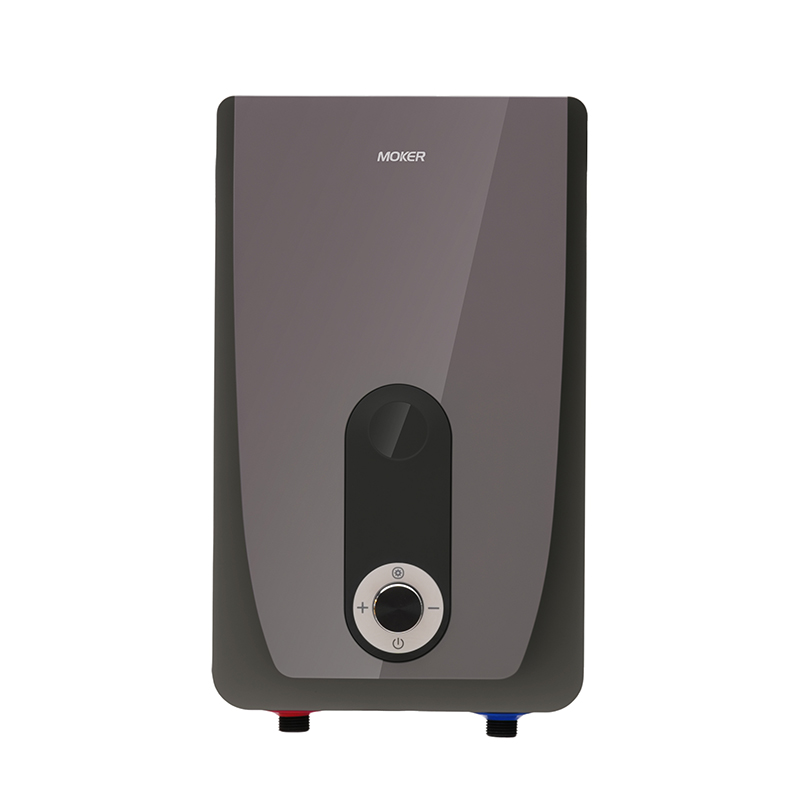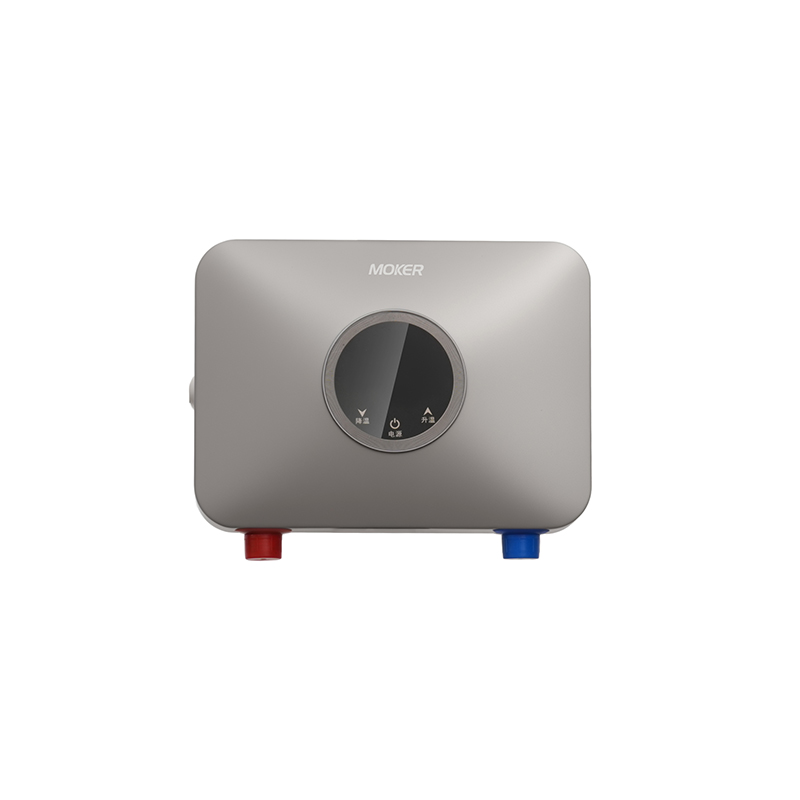Noise Level and Noise-Reduction Design of Different Water Heaters
Noise level is a key comfort factor for water heater, as excessive operational noise can disrupt daily life—especially in homes where water heater is installed near living spaces or bedrooms. Noise originates from components like heating elements, fans, gas burners, or water flow, and varies widely by water heater type. Electric water heater, Tankless Water Heater, Instant water heater, electric tankless water heater, and instantaneous water heater electric each have distinct noise profiles and built-in 降噪设计 to minimize disturbance.
Electric water heater operates with low to moderate noise, primarily from heating elements and water circulation. A standard Electric water heater produces 40–55 decibels (dB)—similar to a quiet conversation—during heating cycles. The main noise source is “element humming”: when Electric water heater’s heating elements energize, they vibrate slightly as they heat water, creating a soft hum. Older Electric water heater models may also produce “sediment popping” sounds (50–55 dB) if mineral deposits accumulate on elements—sediment traps heat, causing small water bubbles to form and burst. To reduce noise, modern Electric water heater uses insulated heating elements (wrapped in noise-dampening materials) and thicker tank walls (with foam insulation) that muffle vibrations. Placing Electric water heater on a rubber pad further absorbs minor vibrations, lowering noise by 3–5 dB.
Tankless Water Heater has variable noise levels based on fuel type, with gas models being louder than electric variants. Gas-powered Tankless Water Heater produces 50–65 dB during operation—comparable to a kitchen range hood—due to two main sources: gas burner ignition (a soft “whoosh” sound) and exhaust fans (needed to vent combustion gases). High-efficiency condensing Tankless Water Heater adds a faint “dripping” noise (45–50 dB) from condensation collection, but this is rarely noticeable. Electric Tankless Water Heater is quieter, at 40–50 dB, as it lacks gas burners and uses smaller fans (if any) for component cooling. Tankless Water Heater’s includes soundproofed burner chambers (lined with fiberglass insulation) and low-noise fan motors (rated for 40 dB or less). Some premium Tankless Water Heater also adds rubber gaskets between components to reduce vibration transfer to walls.
Instant water heater operates with moderate noise, driven by high-power heating elements and rapid water heating. Instant water heater produces 45–60 dB during use, with noise coming from two sources: “element buzzing” (louder than Electric water heater’s hum, due to higher wattage elements) and “water turbulence” (water moving quickly through the compact heating chamber). For example, a 5 kW Instant water heater may emit a 55 dB buzz when heating—noticeable in quiet bathrooms but not overwhelming. To reduce noise, Instant water heater uses wrapped heating elements (with silicone or foam insulation) and smooth internal water passages (to minimize turbulence). Some Instant water heater models also include a “quiet mode” that lowers heating power slightly, reducing element buzz by 5–8 dB at the cost of marginally slower hot water delivery.
Electric tankless water heater balances low noise with efficient heating, similar to electric Tankless Water Heater but with smaller-scale components. electric tankless water heater produces 40–50 dB, with noise limited to “element vibration” (softer than Instant water heater’s buzz, due to modulated power output) and minor “water flow noise” (from water passing through narrow heat exchanger channels). Unlike gas Tankless Water Heater, electric tankless water heater has no burner or large fan noise, making it suitable for indoor installation near living areas. Its includes insulated heat exchangers (to dampen element vibrations) and aerodynamic water inlets (that reduce turbulence by smoothing water flow). Some electric tankless water heater models also use rubber mounting brackets to isolate the unit from walls, preventing vibration transfer that amplifies noise.
Instantaneous water heater electric operates with low to moderate noise, with minimal sources due to its tiny size. instantaneous water heater electric produces 35–45 dB—quieter than most other water heater types—primarily from a soft “coil hum” (its small heating coil uses lower wattage than Instant water heater) and “slow water flow” (water moves gently through its micro-chamber). For example, an under-sink instantaneous water heater electric may emit 40 dB during handwashing—barely noticeable over normal household sounds. Since instantaneous water heater electric has no fans or burners, it requires minimal : most models use plastic casings (that absorb rather than reflect sound) and flexible water connections (that reduce vibration from water flow). Budget instantaneous water heater electric models may lack extra insulation, but their small size still keeps noise levels low.
Noise level aligns with water heater’s operational components: gas Tankless Water Heater is loudest, followed by Instant water heater, while instantaneous water heater electric is quietest. Electric water heater and electric tankless water heater fall in the middle, offering a balance of low noise and performance. Choosing a water heater based on noise level ensures it fits seamlessly into home layouts—whether installed in a closet near a bedroom (requiring quiet instantaneous water heater electric or electric tankless water heater) or a garage (accommodating louder gas Tankless Water Heater).





